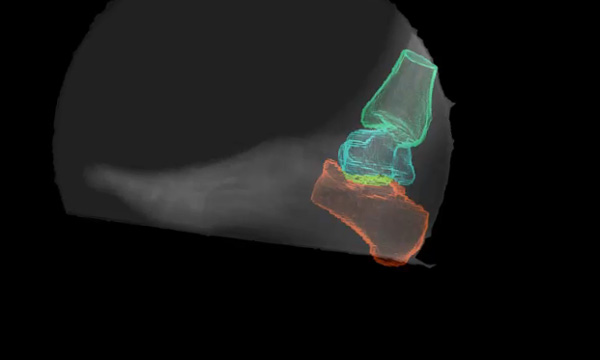Contact Us!
For further information about the Motion Analysis Center at Shriners Hospitals for Children, contact Dr. Karen Kruger.
Ph: (414) 288-4440
Shriners Hospitals for Children MAC 2211 N Oak Park Ave Chicago, IL 60707Report a Problem
To report a problem with this website, contact OREC Communications or report an accessibility issue.


